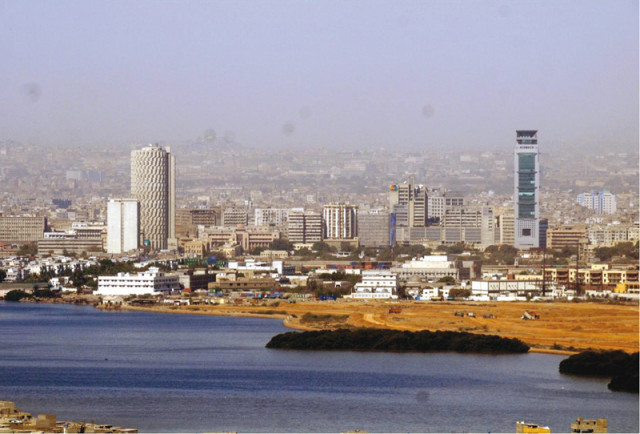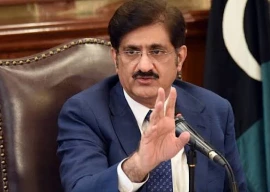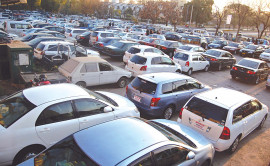
Karachi, despite being continuously suffocated due to bad governance still continues to contribute most towards the running of the economic engine of the nation. But for how long will this last?
It is now a city that is bleeding profusely, pleading to be saved from declining to the status of an urban cesspool. This can only happen when the multiple ‘entities’ managing this city can chart out a consensus and common vision to map a long term future direction of the city’s growth that is both sustainable and inclusive. It can happen when the common man finally stands at the ‘focal point’ of all planning and development interventions. The city needs a clear vision of how this economic hub of the country can continue to viably perform its role. What is needed is the development of a broader vision for the city that comes out of a visioning exercise that involves the relevant stakeholders and that can be contextualised within ‘a framework of change.’
Ideally, the institution most likely to guarantee the protection of a city’s interests is a strong city government. It is difficult to have a truly empowered city government in Karachi, or anywhere in Pakistan for that matter, as the cities fail to be vested with the required powers and functions they deserve. There is little autonomy in what the local governments can do and a number of functions that ought to be performed by the municipal governments are actually taken care of by various departments of the provincial government and local governments mostly act as appendages to their provincial masters.
It is becoming increasingly evident that commercialisation of land, sans planning controls, and uncontrolled and non-regulated urban sprawl are now phenomena that are wreaking havoc with the urban environment.
A recent example of a totally unacceptable form of commercialisation is the encroachment of public spaces such as pavements with the erection of billboards of multiple designs and sizes amidst a mad frenzy of ‘billboards on the loose’ that has gripped this city. These encroachments of public space, accident hazards, degradation of the city aesthetics are some undesirable factors that go with the unfolding of this despicable trend.
A large number of areas within the city both in the inner city and beyond are in a desperate need of an urban renewal exercise. The principle concerns and priorities underlying the planning recommendations should clearly focus on how commercial growth can be effectively accommodated within the emerging development pattern. Zones need to now be specified for either exclusive commercial land use and densification or mixed uses or both to locate the burgeoning commercial growth based on a set of carefully established selection criteria. Such zones must be planned and governed through sound planning controls and regulatory mechanisms.
The criteria for selection should both be established based on a rigorous research and stakeholder consultation exercise and should also be followed after framing the required policy and planning by the involvement of all the major stakeholders. The core focus of the selection process should consider the existing land use ownership, habitation pattern and historic development of the area, undertaking of a Strategic Environmental Assessment (SEA) at the policy making and planning stage to be followed by detailed Environmental Impact Assessments at the project formulation stage, availability of civic infrastructure and possibilities for further extension, access to modes of transportation and level of stakeholder willingness and participation
In a divided and conflict-driven space, where a trust deficit exists between citizens and service providers, it is all the more important that mechanisms be put in place to ensure transparency in functions of government agencies and strengthen the inclusive nature and public legitimacy of decision-making processes.
The writer is an urban planner and runs a non-profit organisation based in Karachi city focusing on urban sustainability issues. He can be reached at fanwar@sustainableinitiatives.org.pk
Published in The Express Tribune, October 6th, 2014.


















COMMENTS
Comments are moderated and generally will be posted if they are on-topic and not abusive.
For more information, please see our Comments FAQ